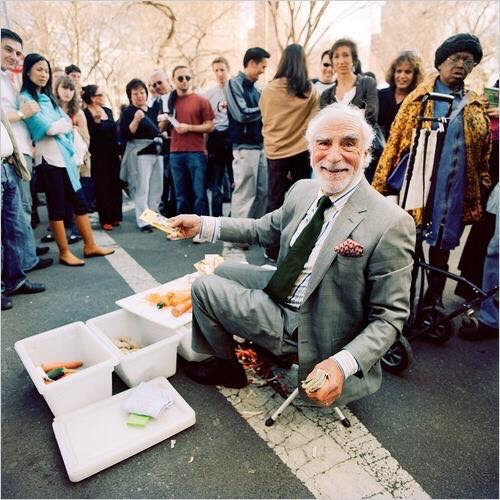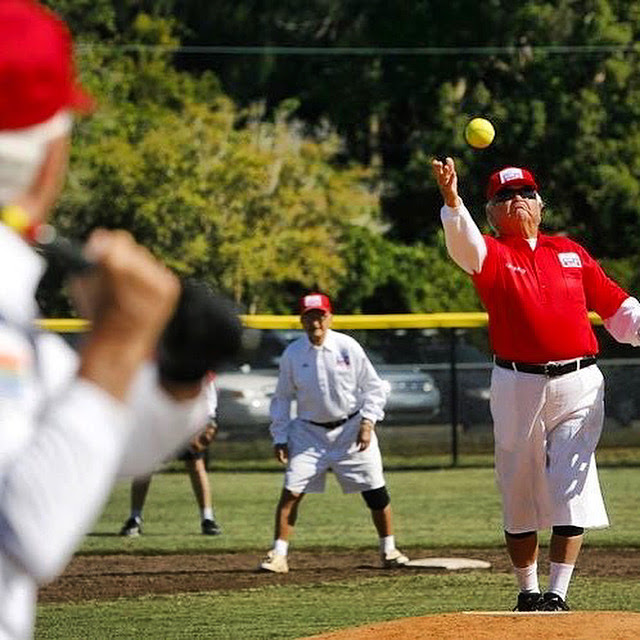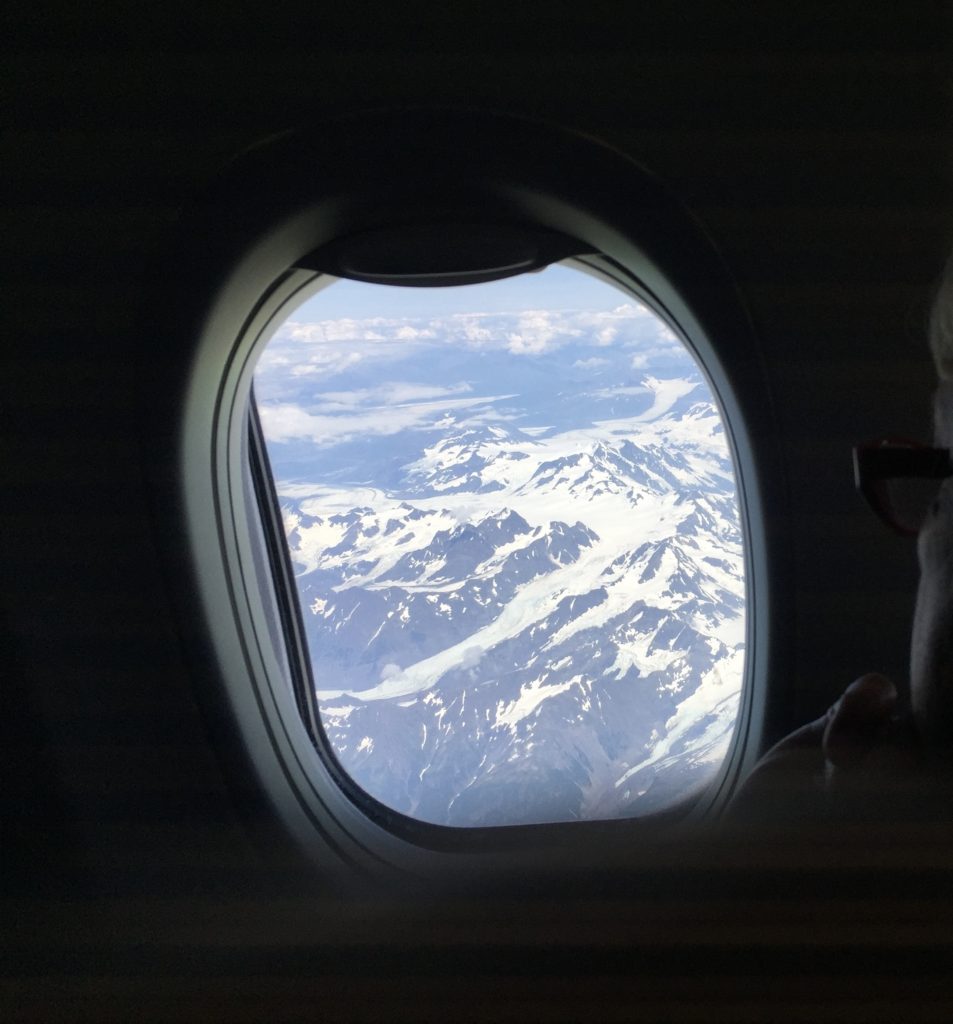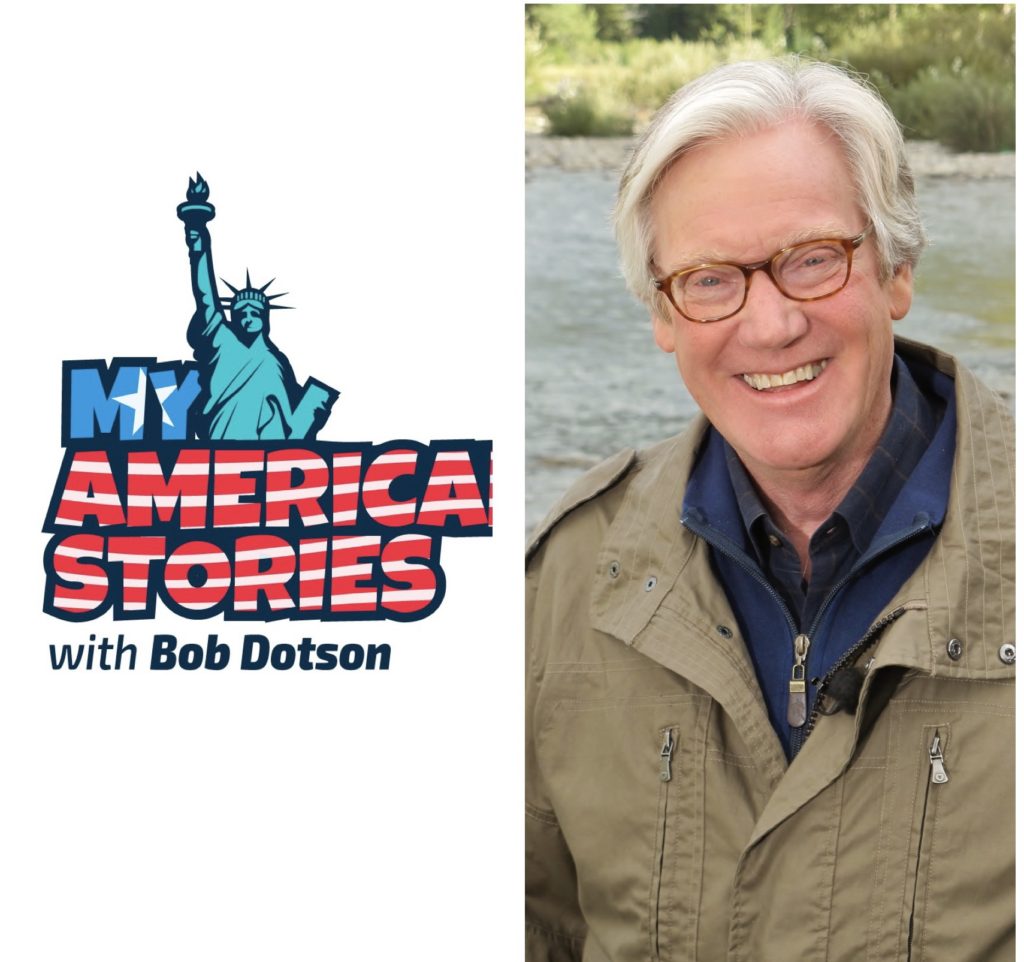
Polio has been detected in New York City wastewater. The announcement came three weeks after a man north of the city in Rockland county was diagnosed with a case of polio that left him paralyzed. The virus we thought we had beat is back in the USA.
Polio outbreaks were my generation’s COVID. The year I turned two, I tried to pop out of bed and wake my parents, but could not stand.
Our family doctor diagnosed polio.
“Bobby’s left leg will be shorter than his right,” Dr. Liedig told my folks, “but with therapy, he may walk again.”
Mom was determined that I would. She drove me to the rehab center at Barnes hospital, in St. Louis — three days a week — for years.
I had plenty of playmates there, victims of the large polio epidemic that struck the U.S. after World War Two. Twenty thousand children contracted the disease in 1948, the same year two doctors, Jonas Salk and Albert Sabin, started looking for a cure that would save millions.
Mom could not wait. The disease had shriveled the tendon in my left ankle and I couldn’t put down my heel. Dr. Liedig tried a cast designed to stretch the muscle. It tore into my ankle instead. I still have scars 74 years later. After patching up the cuts Dr. Liedig gave me a book, “The Little Engine That Could.”
“Don’t give up hope,” he said. “If you try real hard, you’ll not only walk again. You’ll lead a normal life.”
That evening my mother read aloud the lines of what was to become my favorite childhood book, the tale of the little switch engine that pulled a heavy load to the top of a mountain, bravely puffing faster and faster, “I think I can, I think I can, I think I can. I know I can, I KNOW I CAN…”
Some of my fellow survivors needed iron lungs, monstrous breathing machines, to keep them from suffocating. Kids doomed to those frightening contraptions proved to be very effective in getting people to take polio shots. In some ZIP codes today, fewer than two-thirds of children 5 and under have been vaccinated against polio. The vaccine is 99 percent effective, but some patients are back in wheelchairs.









